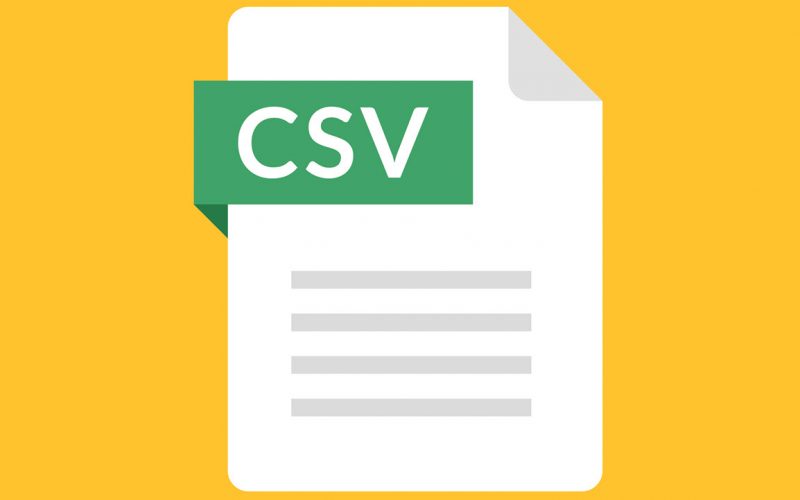When performing data scraping tasks, it’s important to store the extracted data in a suitable format for further analysis or use. Here are some common formats and storage options for storing scraped data:
- CSV (Comma-Separated Values):
CSV is a widely used format for storing tabular data. It is a plain text format where each row represents a record, and the columns are separated by commas or other delimiters. CSV files are human-readable and can be easily opened and manipulated using spreadsheet software. To store scraped data in CSV format, you can use libraries or built-in functions available in programming languages such as Python (e.g.,csvmodule). - JSON (JavaScript Object Notation):
JSON is a lightweight data interchange format that is easy for humans to read and write and for machines to parse and generate. It is commonly used to represent structured data, including nested objects and arrays. JSON files are often used to store semi-structured or hierarchical data. Many programming languages provide built-in support for reading and writing JSON data, making it a convenient format for storing scraped data. - Databases:
Storing scraped data in databases offers flexibility and scalability, especially when dealing with large volumes of data. Databases provide efficient data retrieval and powerful querying capabilities. Some popular databases used for storing scraped data include:- Relational Databases: Relational databases such as MySQL, PostgreSQL, or SQLite are suitable for structured data with well-defined schemas. You can define tables and columns to store the scraped data and query the database using SQL.
- NoSQL Databases: NoSQL databases like MongoDB or Elasticsearch are suitable for storing semi-structured or unstructured data. They offer flexible schemas and can handle nested or dynamic data structures, making them a good choice for storing scraped data with varying formats.
- Data Lakes or Data Warehouses:
Data lakes or data warehouses are storage systems designed to store and analyze large volumes of structured and unstructured data. They provide a centralized repository for storing scraped data from various sources. Examples of data lake solutions include Amazon S3, Apache Hadoop, or Google BigQuery. Data lakes often support various file formats like CSV, JSON, Parquet, or Avro, allowing you to store scraped data in the most appropriate format for your needs. - Cloud Storage:
Cloud storage services like Amazon S3, Google Cloud Storage, or Azure Blob Storage provide scalable and durable storage options for your scraped data. These services offer APIs and SDKs that allow you to programmatically store and retrieve data. You can store scraped data in different file formats and access it from various locations or services.
When choosing a storage format, consider factors such as the nature of the scraped data, the intended usage, ease of processing, and compatibility with existing data pipelines or analysis tools. Additionally, ensure that you comply with legal and privacy regulations when storing and managing scraped data.
It’s worth noting that you can also combine different storage formats depending on your requirements. For example, you can store raw scraped data in JSON or CSV files and then load it into a database or data lake for further processing or analysis.
